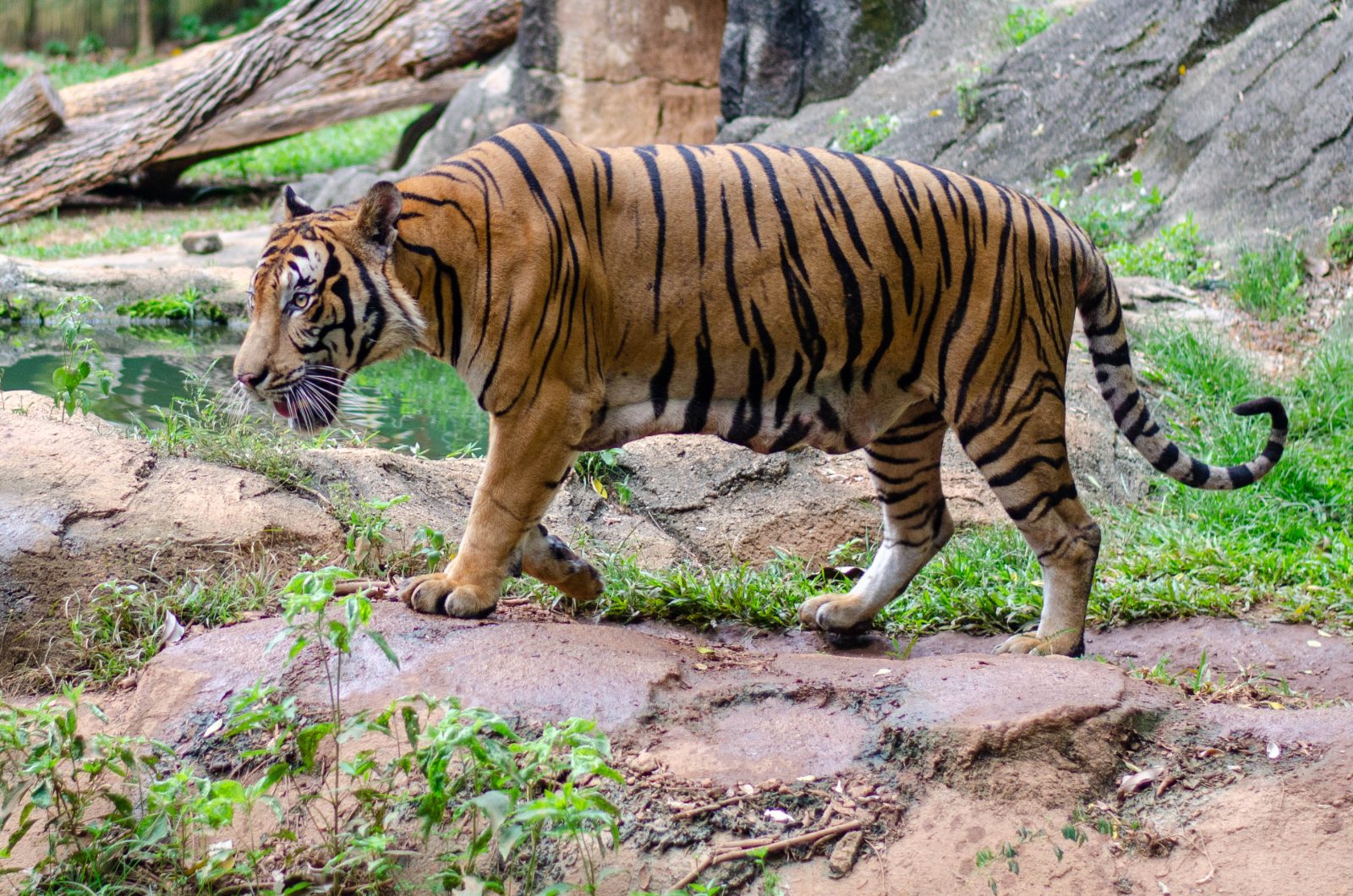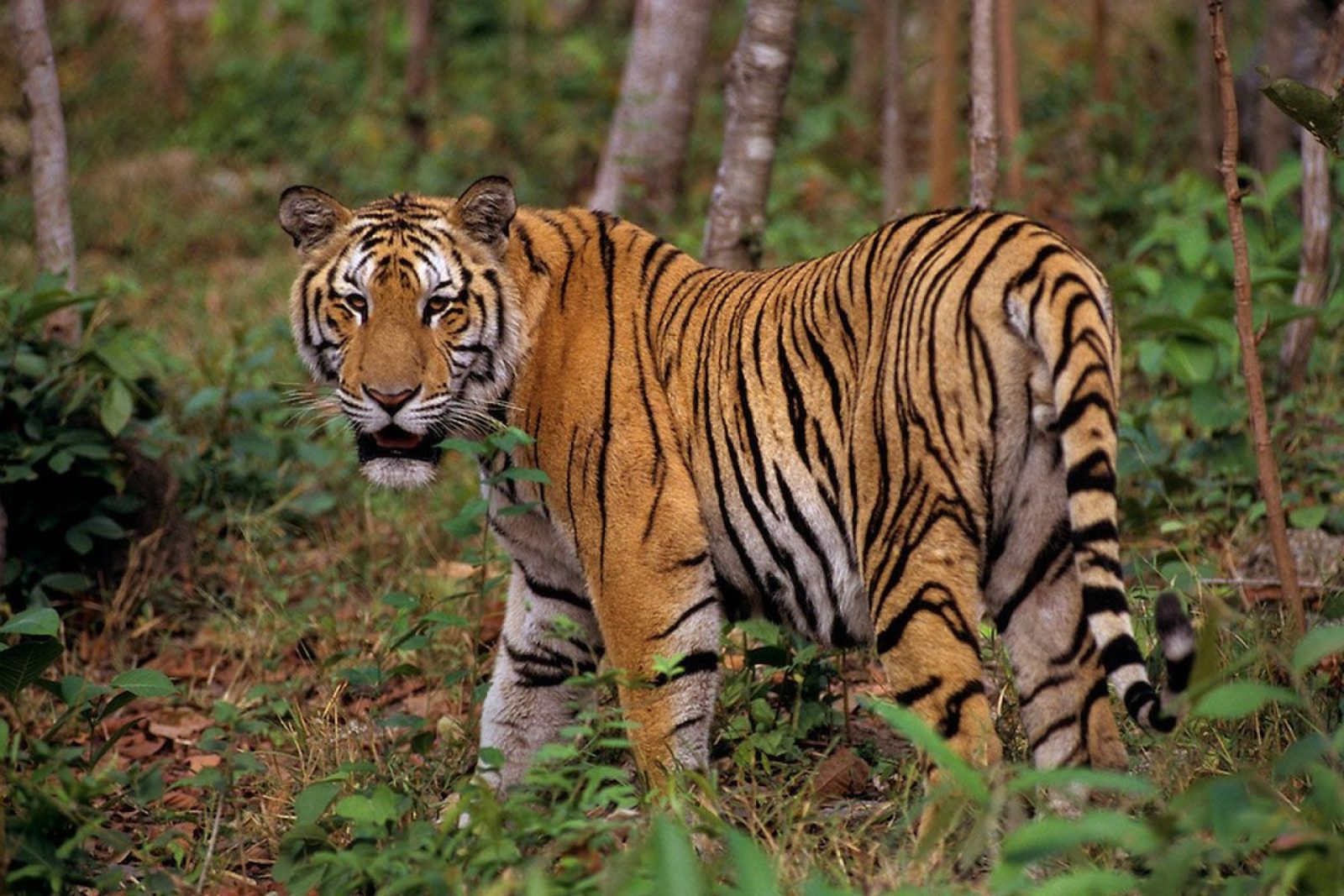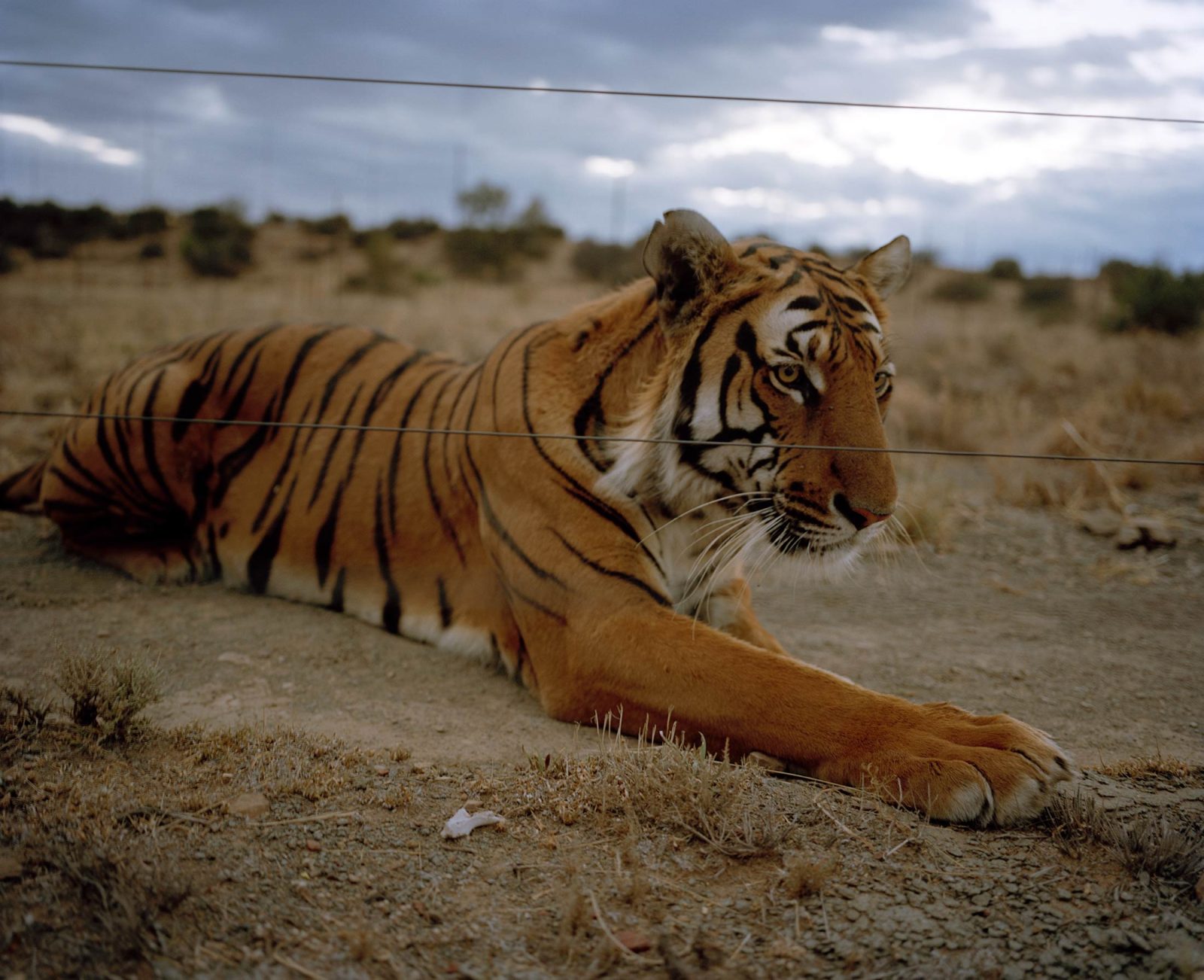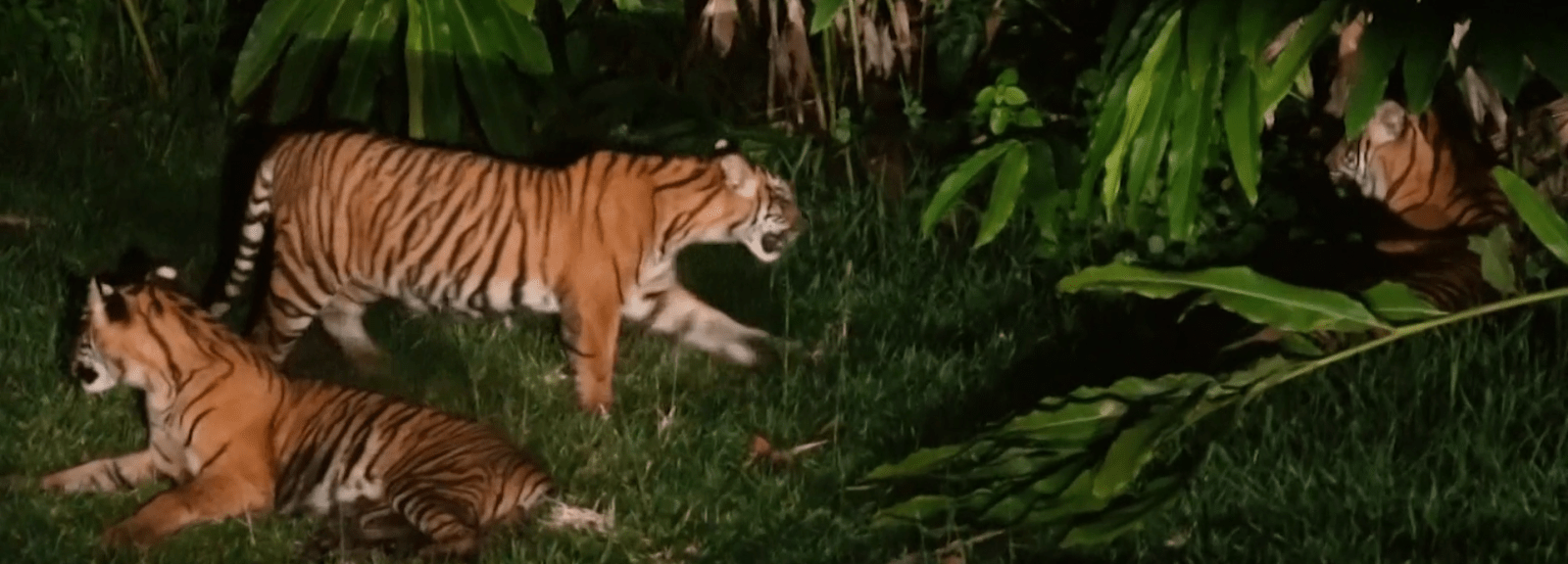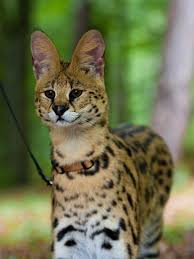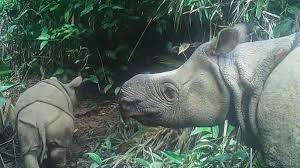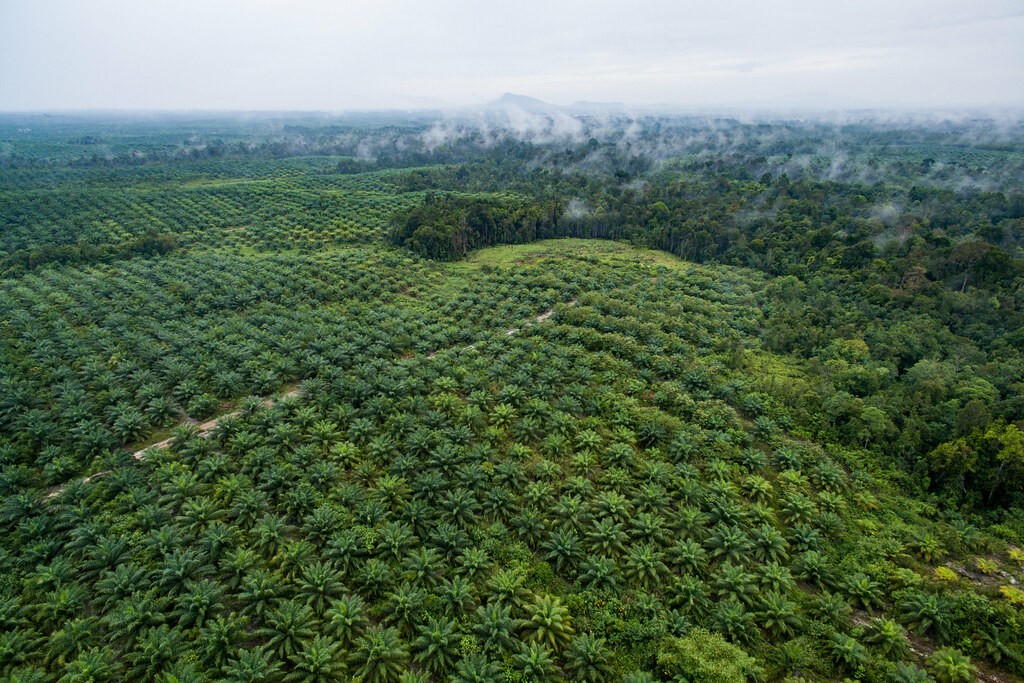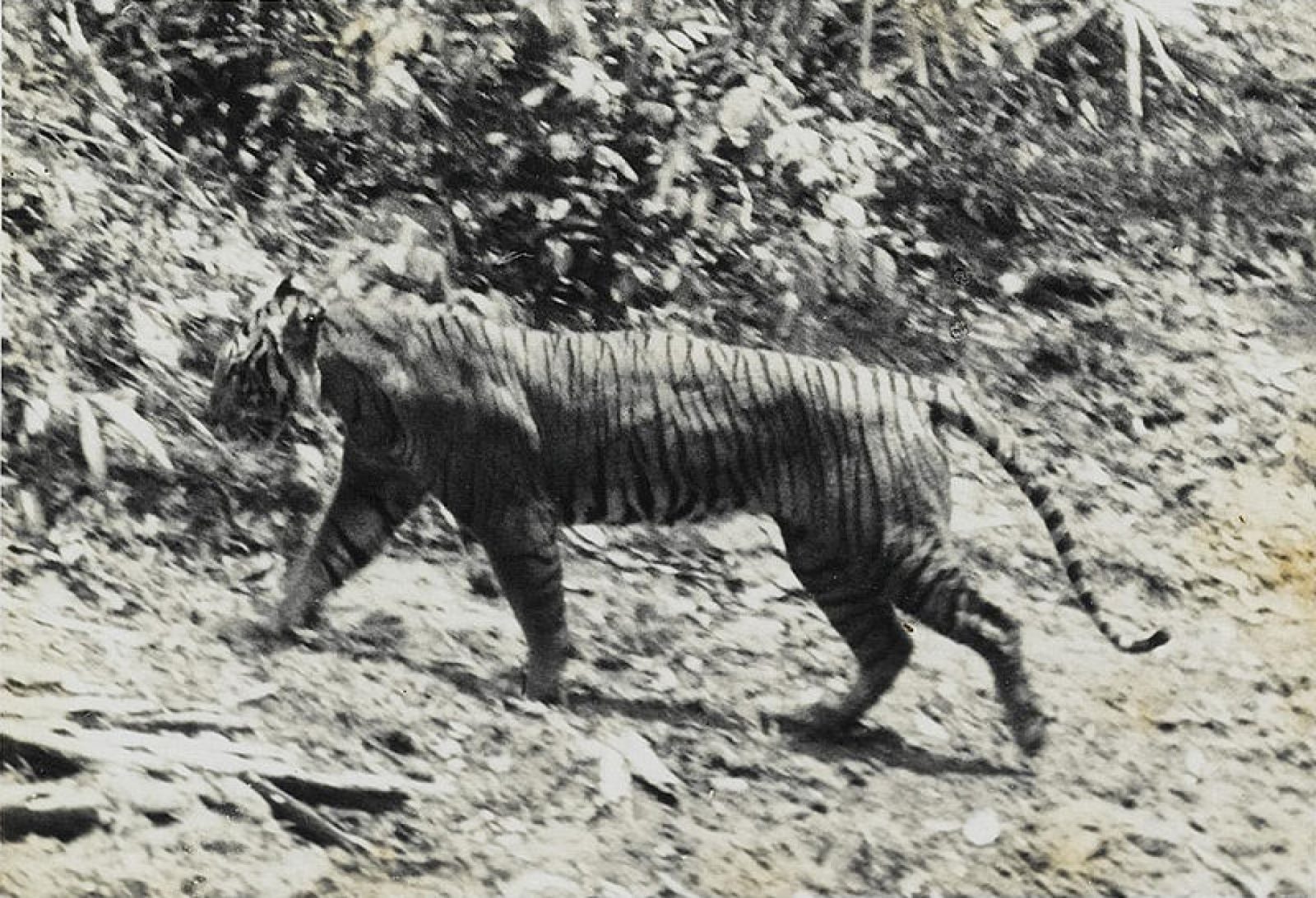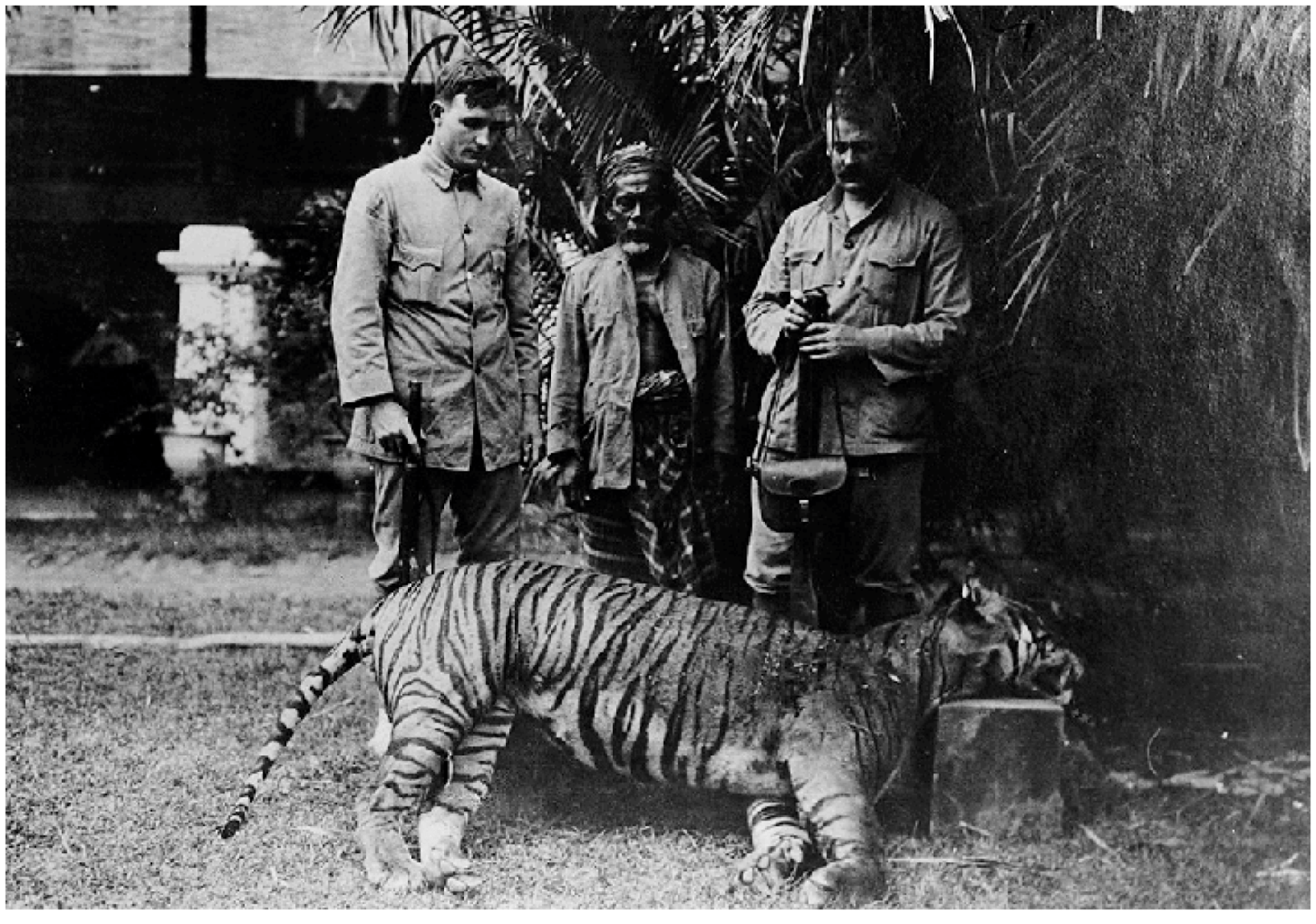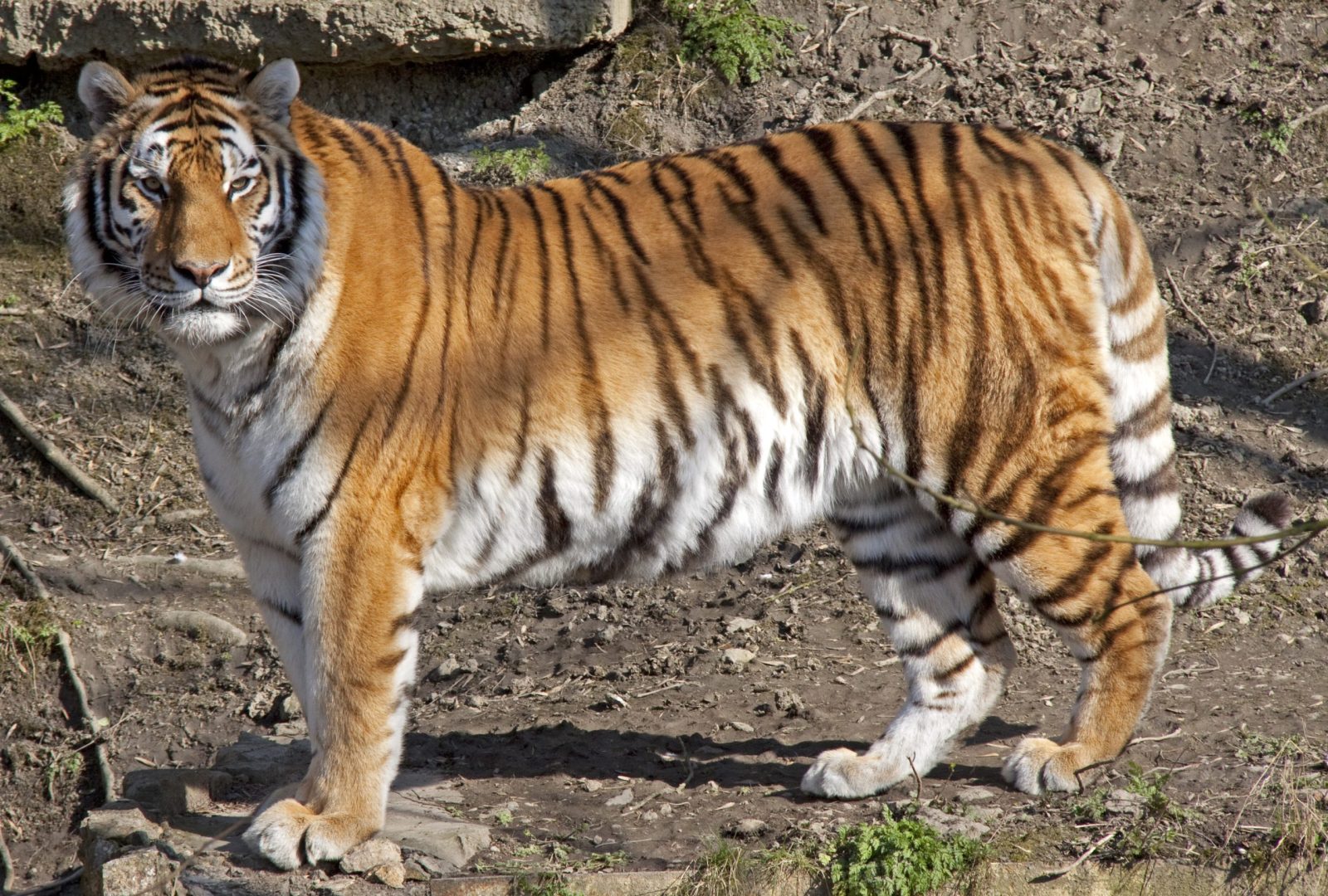The Red colobus group (genus Piliocolobus)
The red colobus group is one which has had a surprising number of new species discovered in recent decades. Being primates, they are usually fascinating and you can sit and watch them for lots of time. There are many groups that have been isolated in small fragments of forest, which makes conservation hard.
Little clear information is there on many of these species, perhaps unsurprisingly, given how long they managed to stay under the radar. I have attempted to include a video with each. Some are short clips of the animal, one is the search for a close to extinction (miss waldrons) and several is simple some information over images.
As with similar groups of animals, as the links for each of these species start arriving, they will be given an entire page of their own. Help this be required as soon as possible.
Bouviers red colobus monkey:
Not having been seen for 4 decades until 2015, they are restricted to 3 small areas (this map is the DRC) in purple highlighted. First described in 1887 it was considered a subspecies of Pennants colobus, but was reassessed as separate species in 2007.
In 2008 and 2016 it was assessed as critically endangered, and none have been seen in the wild since 1970. A few possible sightings in the 2000 were further south than previously known.
In 2019 the IUCN reclassified it as endangered because of “known populations in norther DRC”. It is still rarely sighted despite many surveys
Ugandan red colobus monkey:

Also known as the ashy red colobus, it was recognized as a separate species (up from being a subspecies of the western red colobus monkey) in 2001, though there are still plenty of experts who disagree with this change. It is found in 1 regions of Uganda (17,000 alone) and 4 regions of Tanzania. Possible it may be found in Rwanda, Burundi and the eastern Democratic Republic of the Congo. Males weigh around 10kg, with the females weighing 7kg.
As you will see, it is one of the possible subspecies of the Central Africa red colobus. Time will tell.
There are thought to be around 20,000 left in the wild, and are classed as endangered, though it is listed as having declined my 89% (presumably since 2001 when it was declared a separate species.
Central African red colobus monkey:

This species does not appear to be an individual species, rather a general name that many of the above species have at one time been grouped with. These include
- Foa’s red colobus
- Lang’s red colobus
- Oustalet’s red colobus
- Lomami red colobus
- Tana River red colobus
- Semliki red colobus
- Ugandan red colobus
Niger Delta red Colobus monkey: Found in Southern Nigeria, it was originally considered a subspecies of the western red colobus, then considered a subspecies of Pennants red colobus. There are only thought to be 50 left. Below is a 4 minute video from its habitat which shows it in the wild – makes me want to be there.
Pennants colobus monkey:
Preuss red colobus monkey:
Tholon (or Tshuapa) red colobus monkey:
Western red colobus monkey:
Zanzibar red colobus monkey: Found on the southern half of the main island of the Zanzibar archipelago (Unguja), it is also known as the Kirk redo colobus, after the discoverer. Classified as endangered in the mid 1990s, its population is still decreasing. It is believed to have been isolated when sea levels rose after the last ice age – however, as with other species trapped like this, they can evolve fast. Genetic analysis suggests a split 600,000 years ago.
The local word for it means poison monkey, due to its bad smell, this has lead to some targeting. 1600-3000 survive, with about half in protected areas.
Udzungwa red colobus monkey: (other names include the Uzungwa red colobus or Iringa red colobus) It is endemic to riverine and montane forest in the Udzungwa Mountains in Kilolo District of Iringa Region in Tanzania. It is threatened by habitat loss, though most of the land it is found on is protected (90% falls within the Udzungwa national park, I have seen one while visiting). Of course the problem with this, is that its range is not large, so it can never have a large population.
The current population is roughly 15,400. The IUCN ranks this species as endangered
Miss Waldrons red colobus monkey: Native to west Africa, it was previously considered a subspecies of the wester red colobus monkey. It has not been officially sighted since 1978 and was considered extinct in 2000, however, new evidence suggests that a very small number of these monkeys may be living in the southeast corner of Côte d’Ivoire. The IUCN Red List notes Miss Waldron’s red colobus as critically endangered.
High-canopy forests (rainforests) in Ghana and Côte d’Ivoire serve as the exclusive habitat of Miss Waldron’s red colobus. The monkey usually formed large family groups of 20 or more. It is a social and highly vocal animal, frequently communicating with others using loud calls, shrieks and chattering. It eats fruit seeds and canopy leaves, and is eaten in turn, by western chimpanzee leopard and python.
It was the first primate classed as extinct in the 21st century. However, evidence collected are highly compelling.
However, primatologist W. Scott McGraw from Ohio State University has been collecting evidence of the monkey’s continued existence during his expeditions to Côte d’Ivoire over the past several years:
- In 2000, McGraw was given a black monkey tail which DNA tests proved to be from a red colobus. The hunter who gave McGraw the tail claimed he had shot the monkey the previous year.
- In 2001, an Ivorian hunter gave McGraw a piece of reddish monkey skin also believed to have come from Miss Waldron’s red colobus.
- Also in 2001, McGraw received a photograph of what appeared to be an adult Miss Waldron’s red colobus which had been killed. Experts who have examined the photograph attest to its likely authenticity.
Presumably, a relict population of the monkey still is found in the Ehy Forest (also Ehi or Tanoé Forest) near the mouth of the Tano River into Ehy Lagoon, at the border between Côte d’Ivoire and Ghana. Miss Waldron’s Red Colobus is among the 25 “most wanted lost” species that are the focus of Re:wild’s “Search for Lost Species” initiative.
Whether a surviving population will be found, or if there are just a handful left, we will have to wait and see. The Below video is from this area, while it is in Hindi, it is worth watching with the subtitles on.

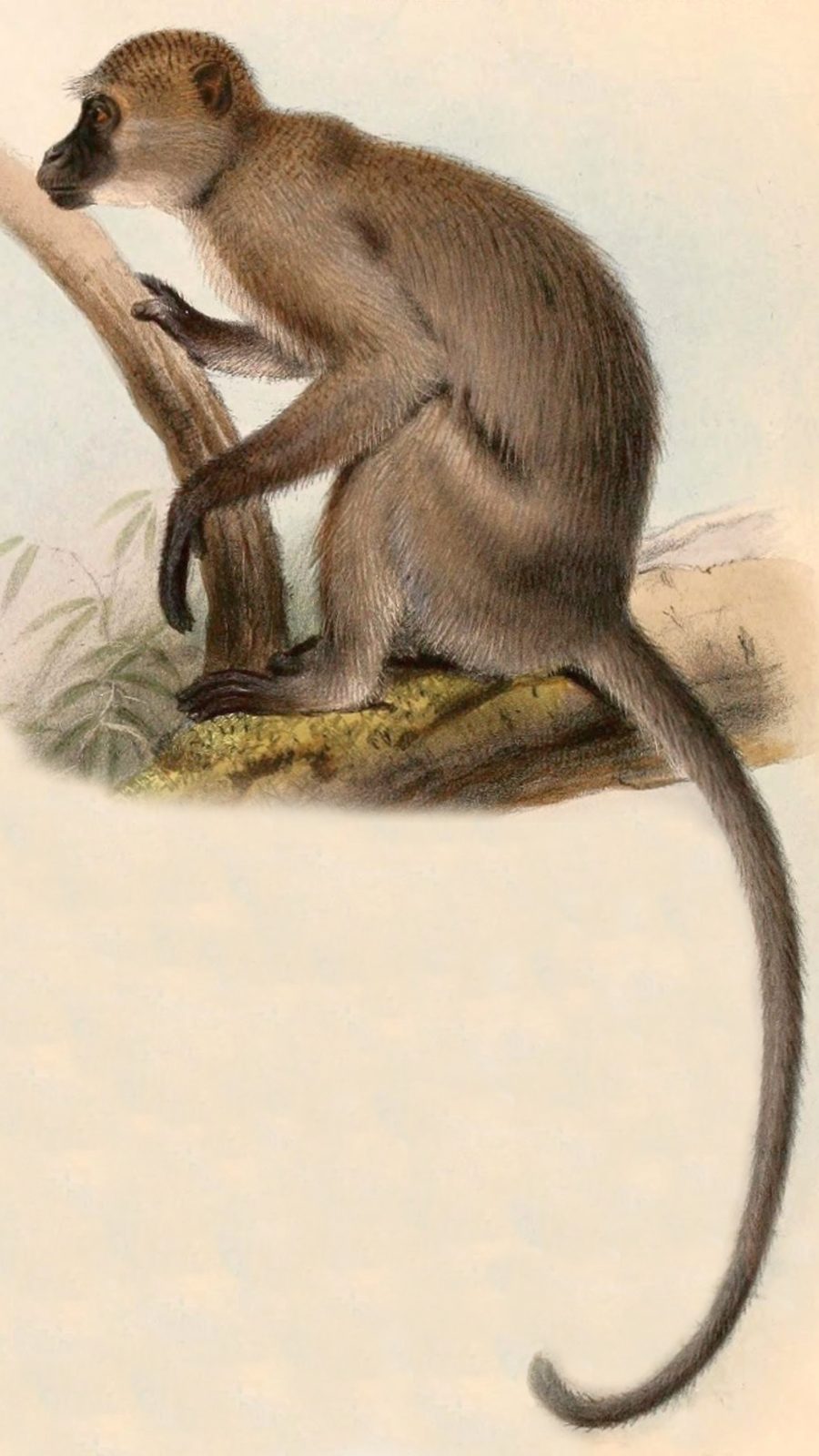


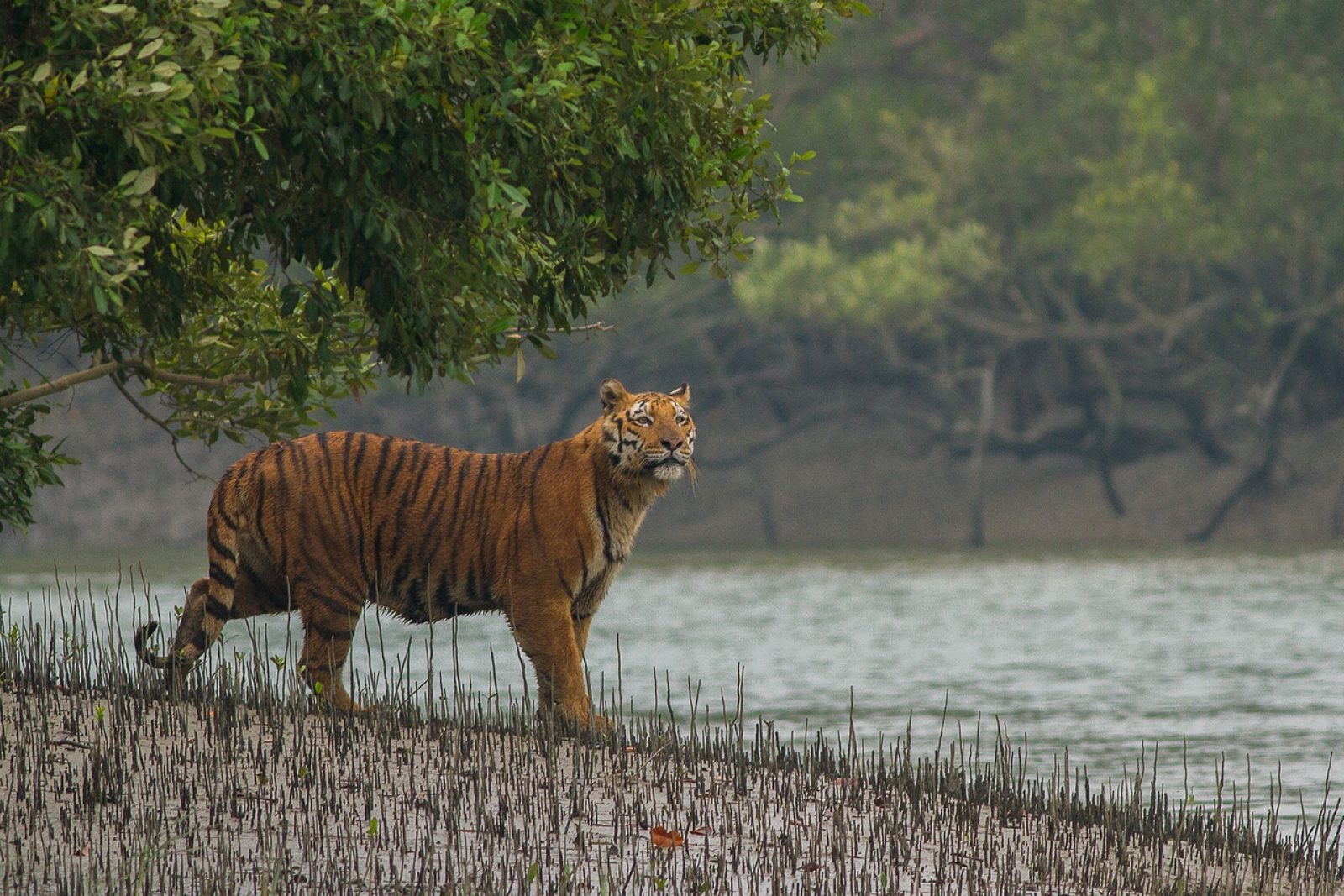
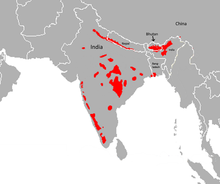 The country with the most tigers is India, hosting around 70% of the remaining tigers, or a little over 3000. However, this is down from 100,000 in 1900. In 2006 the Indian tiger population was as low as just 1411 – there are individual reserves in Africa with more lions in than this number. Given that there are 54 tiger reserves in India, that leaves an average population of just 30 per reserve – translocation will be required to maintain genetically healthy tigers. Formerly working on pug-marks, counting has been replaced with photo identification, as pug marks were overestimating the population (Simlipal reserve in Orissa state claimed 101 tigers in 2004, yet in 2010 a photo count stated 61, and this is thought a a huge over estimate, as the same state government claims just 45 tigers across the state. Sariska and Panna reserves in India are worse with the government having to admit that there are no tigers left (2 reserves of at least 5 so called tiger reserves with none left).
The country with the most tigers is India, hosting around 70% of the remaining tigers, or a little over 3000. However, this is down from 100,000 in 1900. In 2006 the Indian tiger population was as low as just 1411 – there are individual reserves in Africa with more lions in than this number. Given that there are 54 tiger reserves in India, that leaves an average population of just 30 per reserve – translocation will be required to maintain genetically healthy tigers. Formerly working on pug-marks, counting has been replaced with photo identification, as pug marks were overestimating the population (Simlipal reserve in Orissa state claimed 101 tigers in 2004, yet in 2010 a photo count stated 61, and this is thought a a huge over estimate, as the same state government claims just 45 tigers across the state. Sariska and Panna reserves in India are worse with the government having to admit that there are no tigers left (2 reserves of at least 5 so called tiger reserves with none left). 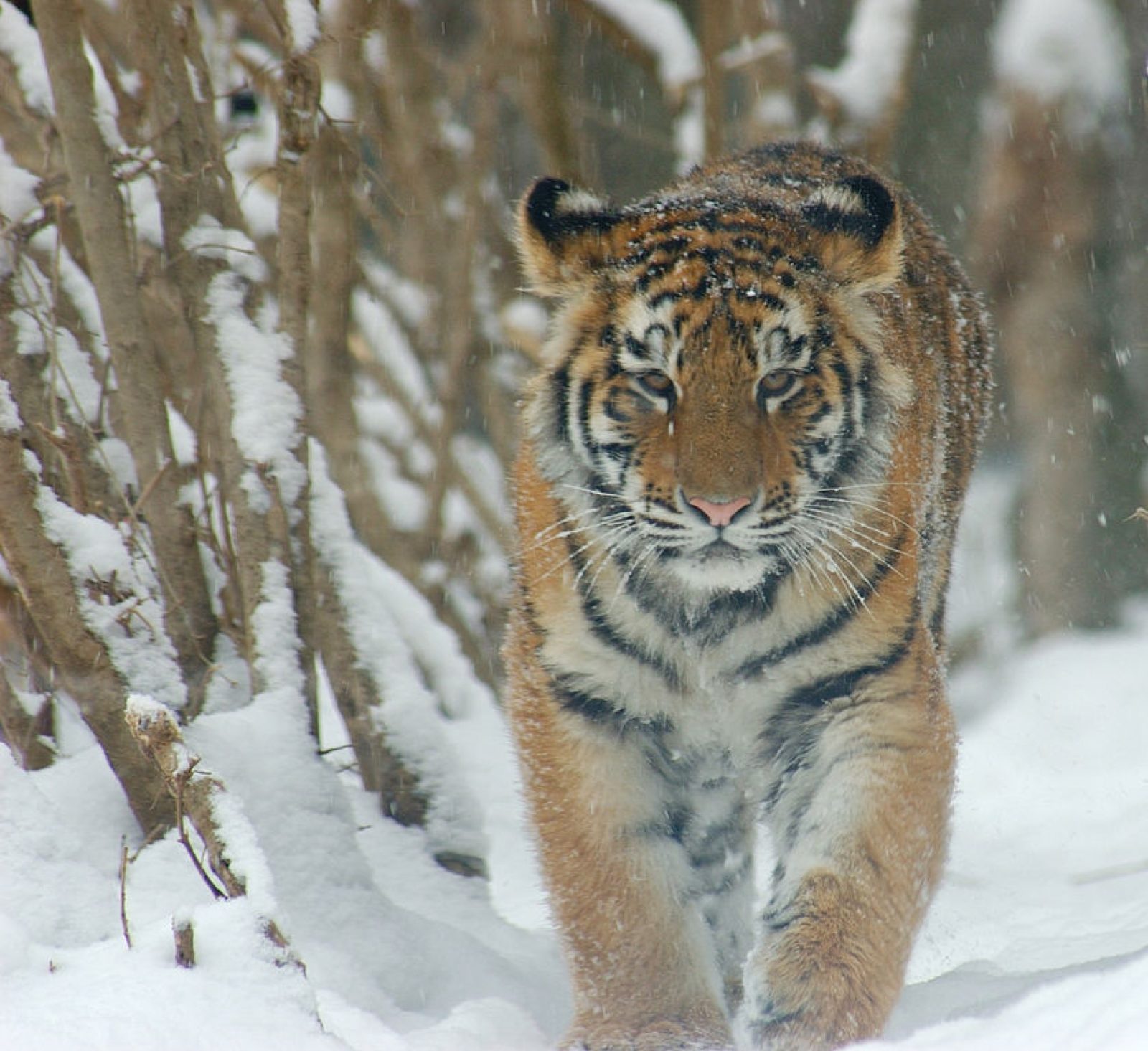
 Russia hosts one of the hardest tigers to see. However, there are now around 500 Amur tigers roaming the remote far east of Russia, up from less than 40 in the 1940s, this population has also had great gains.
Russia hosts one of the hardest tigers to see. However, there are now around 500 Amur tigers roaming the remote far east of Russia, up from less than 40 in the 1940s, this population has also had great gains. 

